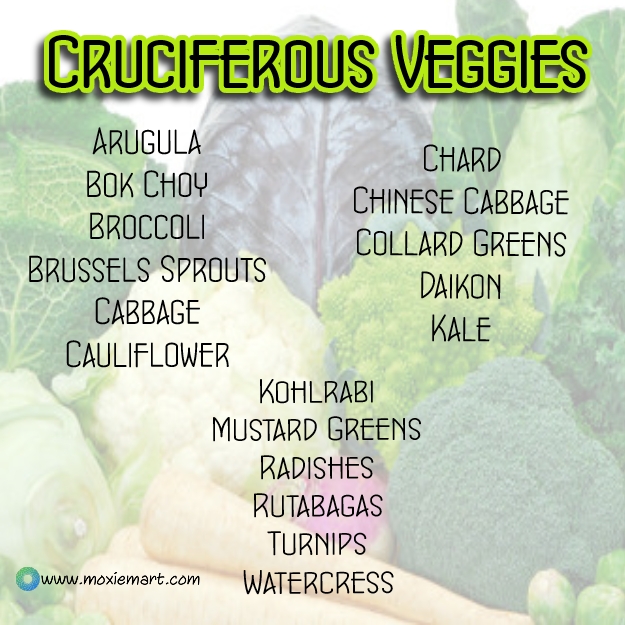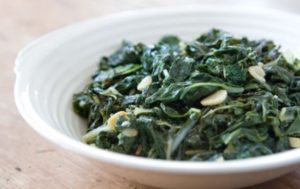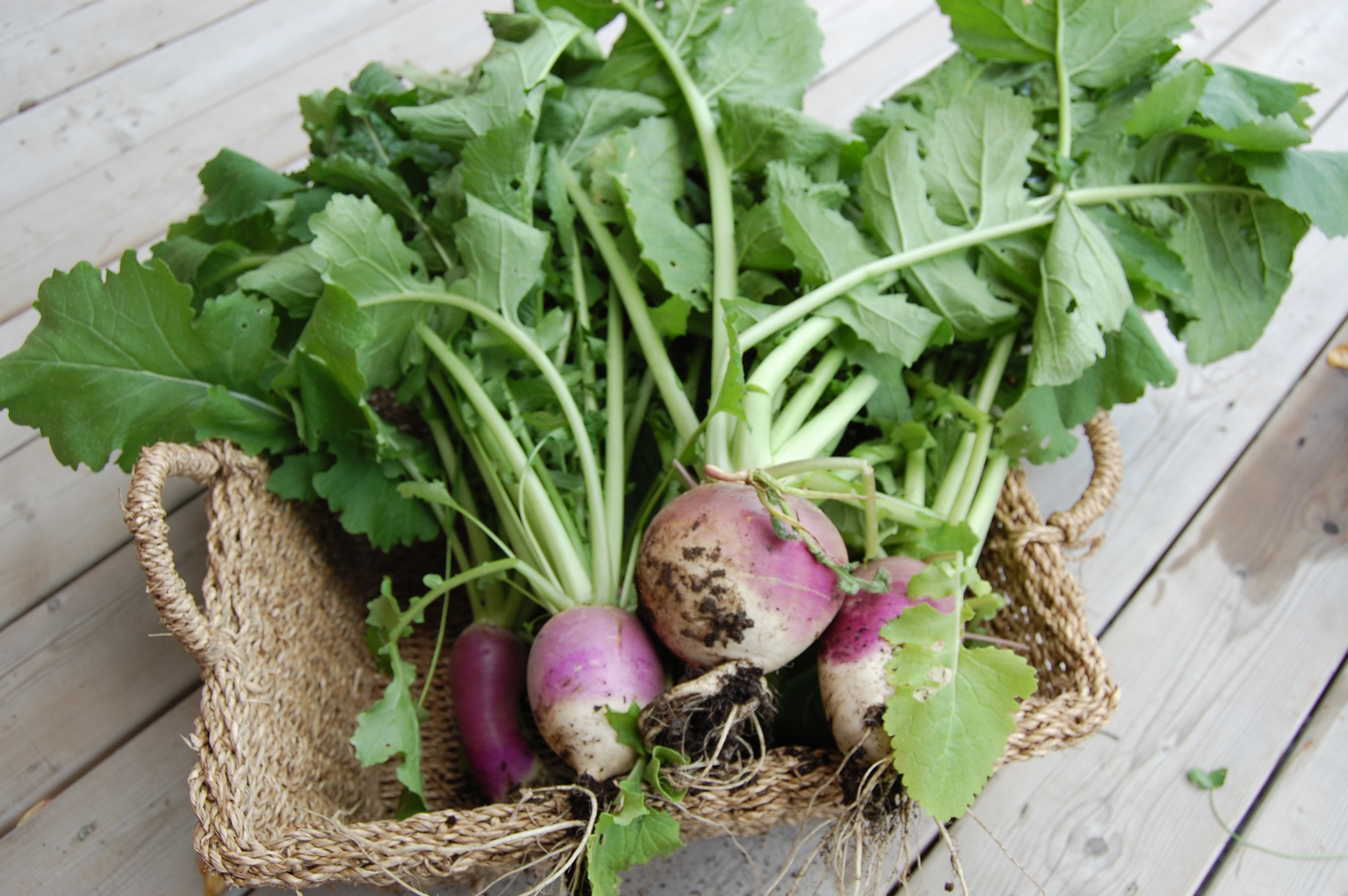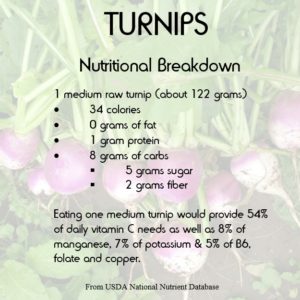Cruciferous. Big word, huh? Not only is it fun to say. I really like how it rolls off the tongue. But my real love of this vegetable family stems from their big cancer fighting potential. I love that fact! The vegetables in this class are also called Brassicaceae. Another big word. So what makes these vegetables so special?
First let’s understand glucosinolates. Imagine biting into a juicy piece of kale. When you tear or chew a piece of kale, glucosinolates are broken down into two major molecules:
Sulforaphane – helps liver detox and decreases risk of variety of cancers
Promising results in studies testing sulforaphane’s ability to delay or impede cancer have been seen with multiple types of cancers including melanoma, esophageal, prostate and pancreatic. Sulforaphane-containing foods could potentially be part of cancer treatment in the future. How awesome is that?
Diindolylmethane (DIM) – produced when the body digests indole-3-carbinol
In addition to fighting off cancer cells, another benefit of DIM is it promotes growth of new brain cells and helps keep their connection to other brain cells. That translates to better moods and better memories! Eat your greens!
The other benefits of the kale you’re chewing are that it’s full of folate, which helps make neurotransmitters, and fiber, which makes you feel fuller longer and disrupts the absorption of toxins. Score!
I want some CRUCIFEROUS Veggies!
Convinced you should add these fabulous cancer fighting, brain building vegetables to the weekly menu selection? Hope so. Here’s a list of the nutritional powerhouses to shop for or grow yourself!
 A word of caution to people with any thyroid disorders – intake of cruciferous vegetables can affect iodine uptake in our bodies. People with thyroid conditions should limit their amount of raw cruciferous vegetables. Heat and salt deactivates their anti-thyroid properties (sauté, roast, bake, steam, etc.). So don’t be afraid to add them to your weekly diet!
A word of caution to people with any thyroid disorders – intake of cruciferous vegetables can affect iodine uptake in our bodies. People with thyroid conditions should limit their amount of raw cruciferous vegetables. Heat and salt deactivates their anti-thyroid properties (sauté, roast, bake, steam, etc.). So don’t be afraid to add them to your weekly diet!
Quick & Easy Recipe
I like to sauté greens for a quick and easy breakfast, lunch or dinner. There is nothing to it and they cook in a jiffy. Here is a basic recipe to get you started. To change it up I like to caramelize onions in ghee then add the garlic and greens. Sometimes I add vinegar. Sometimes not. Depends how I’m feeling taste-wise that day!
Ingredients:• 2 large bunches greens (chard, collards, kale or mustard)
• 1 tablespoon extra-virgin olive oil (or ghee)
• 4 cloves garlic, thinly sliced
• Few pinches red pepper flakes
• 1 tablespoon sherry vinegar or cider vinegar (can use veggie broth too!)
• 1/2 teaspoon sea salt, plus more to taste How To:
Rinse greens well. Tear or cut leaves away from stems and discard stems. Coarsely chop. Heat a large skillet over high heat. Cook garlic and pepper flakes in oil briefly, then add greens, a few handfuls at a time, stirring in between. Stir in vinegar and salt. Cover. Cook until just tender, 2-10 minutes, depending on the type of greens and your preference.
Hope you take up the challenge and add cruciferous veggies to your plate each day!




